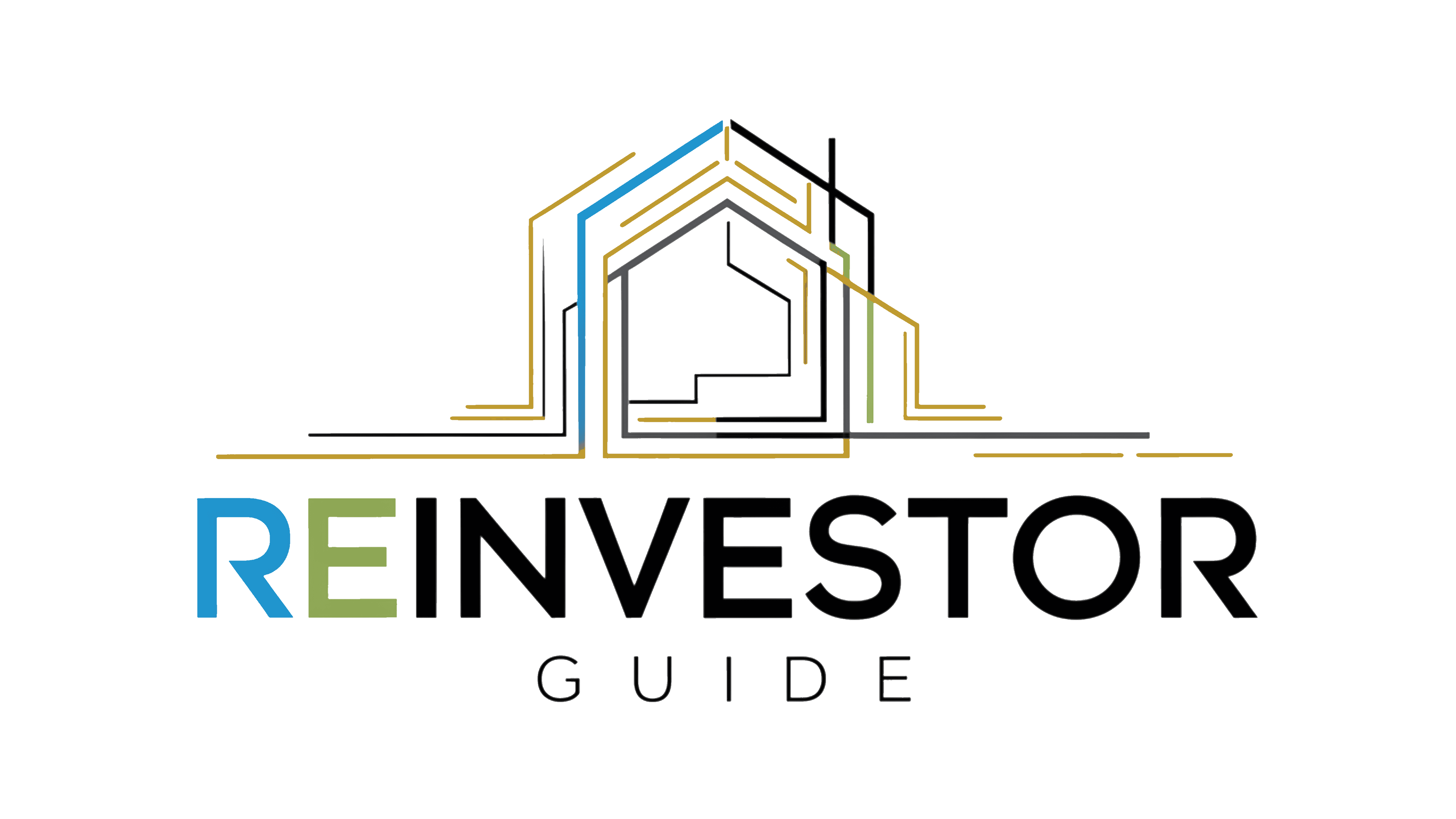Are you a non-citizen interested in purchasing an investment home in the United States, but unsure of your financing options? Look no further than ITIN loans – a game-changing solution that could be your ticket to homeownership. Whether you’re an immigrant, an expat, or simply someone without a Social Security number, ITIN loans offer a pathway to achieving the American dream of owning a piece of real estate.
In this comprehensive guide, we’ll dive deep into the world of ITIN loans, exploring what they are, who qualifies, and how they differ from traditional mortgage products. We’ll also provide step-by-step guidance on the application process and share valuable tips to help you navigate the U.S. real estate market with confidence.
What are ITIN Loans?
ITIN, or Individual Taxpayer Identification Number, loans are a specialized type of home loan designed for non-citizens who do not have a Social Security number. These loans allow individuals to obtain financing for the purchase of a property in the United States, even if they are not permanent residents or citizens.
The key difference between ITIN loans and traditional mortgages is the use of an ITIN instead of a Social Security number. An ITIN is a nine-digit number issued by the Internal Revenue Service (IRS) for tax purposes, and it can be used to establish credit and obtain a mortgage.
Who Qualifies for ITIN Loans?
ITIN loans are available to a wide range of non-citizens, including immigrants, foreign nationals, and even undocumented individuals. The primary requirements for eligibility are:
- Possession of a valid ITIN number issued by the IRS
- Ability to provide documentation to verify identity, income, and credit history
- Meeting the lender’s specific underwriting criteria, which may include minimum down payments, credit scores, and debt-to-income ratios
It’s important to note that ITIN loans are not limited to first-time homebuyers. They can also be used for refinancing, investment properties, or even vacation homes, depending on the lender’s guidelines.
How ITIN Loans Differ from Traditional Mortgages
While ITIN loans share some similarities with traditional mortgage products, there are a few key differences that set them apart:
Credit History Requirements:
Traditional mortgages often require a well-established credit history, with a minimum credit score and a track record of on-time payments. ITIN loans, on the other hand, may be more flexible in their credit requirements, allowing for alternative credit sources, such as utility bills, rent payments, or even international credit history.
Down Payment Expectations:
For traditional mortgages, the standard down payment is typically 20% of the home’s value. ITIN loans, however, may allow for lower down payments, sometimes as low as 10% or even 5%, depending on the lender and the type of property being financed.
Interest Rates and Fees:
ITIN loans may come with slightly higher interest rates and fees compared to traditional mortgages, as lenders may perceive a higher risk associated with non-citizen borrowers. However, the difference in rates is often minimal, and the benefits of homeownership can outweigh the slightly higher costs.
The ITIN Loan Application Process
Applying for an ITIN loan can be a straightforward process, but it’s important to be prepared and understand the necessary steps. Here’s a general outline of the application process:
1. Obtain an ITIN
The first step is to apply for an ITIN from the IRS. This can be done by completing Form W-7 and providing the necessary supporting documents, such as a passport or other identification.
2. Gather Required Documentation
ITIN loan lenders will typically require a variety of documents, including proof of identity, income, and credit history. This may include pay stubs, bank statements, tax returns, and other financial records.
3. Find a Lender
Research and compare ITIN loan lenders to find one that best fits your needs. Look for lenders with experience in working with non-citizen borrowers and who offer competitive rates and terms.
4. Complete the Application
Once you’ve found a lender, you’ll need to fill out the loan application and provide all the required documentation. Be prepared to answer questions about your financial situation, employment, and plans for the property.
5. Undergo the Underwriting Process
The lender will then review your application and supporting documents to assess your creditworthiness and determine the appropriate loan terms. This may include a credit check, income verification, and a property appraisal.
6. Close the Loan
If your application is approved, you’ll move on to the closing process, where you’ll sign the necessary documents and finalize the purchase of your new home.
Tips for Success in the ITIN Loan Process
To increase your chances of success in the ITIN loan process, consider the following tips:
- Build Your Credit History: Even if you don’t have a traditional credit history, work on establishing a positive payment history with alternative credit sources, such as utility bills or rent payments.
- Save for a Larger Down Payment: While ITIN loans may allow for lower down payments, a larger down payment can help you secure better loan terms and interest rates.
- Seek Guidance from Experienced Professionals: Consult with a qualified mortgage broker or real estate professional who has experience working with non-citizen borrowers and ITIN loans.
- Be Prepared and Responsive: Gather all the required documentation upfront and be ready to respond quickly to any requests from the lender during the application process.
- Understand the Market: Stay informed about the current real estate market, including home prices, interest rates, and any relevant regulations or policies that may impact your ITIN loan application.
Navigating the U.S. real estate market as a non-citizen can be a daunting task, but with the right information and guidance, ITIN loans can open the door to homeownership. By understanding the unique features of these specialized loans and following the steps outlined in this guide, you’ll be well on your way to securing the home of your dreams.
Remember, the journey to homeownership may have a few extra twists and turns, but with persistence and a solid plan, you can overcome the challenges and achieve your goals. Happy house hunting!
Our advise is based on experience in the mortgage industry and we are dedicated to helping you achieve your goal of owning a home. We may receive compensation from partner banks when you view mortgage rates listed on our website.



